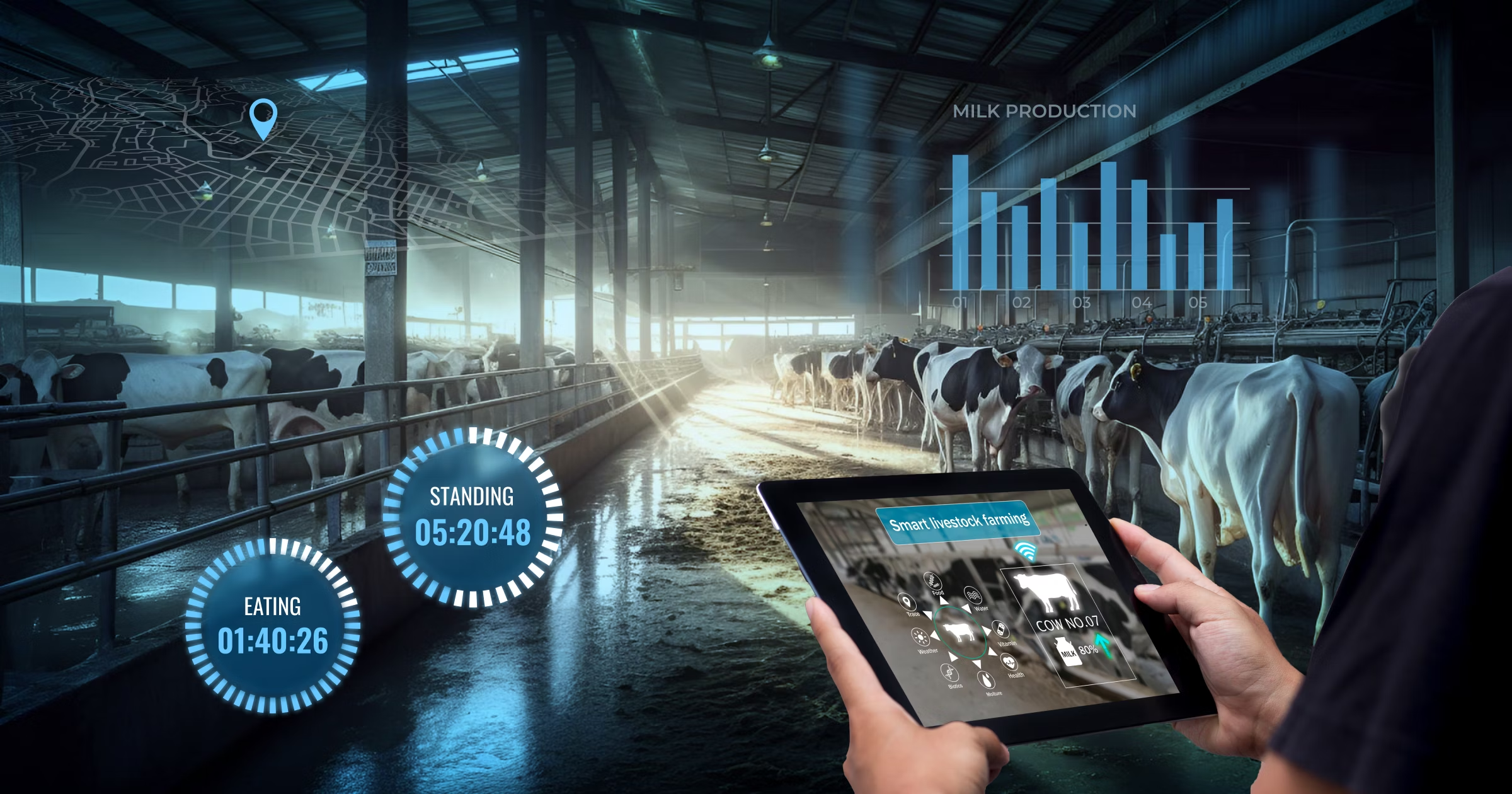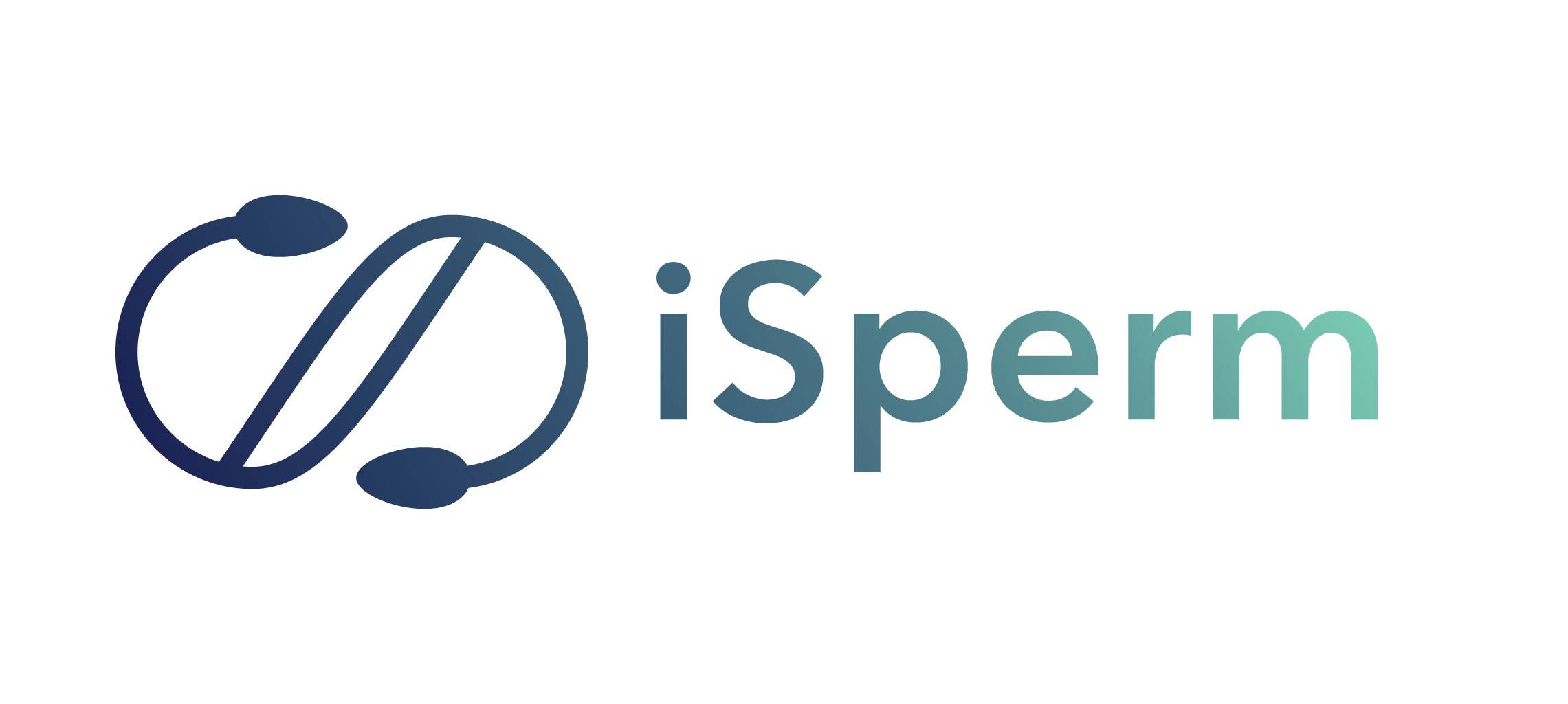Internet of Things (IoT) is a trending technology that can collect and exchange data from physical objects using electronic sensors and the Internet. It seems to be a high-end, computer-based technology, but it's not confined to the electronic field only. Internet of Things (IoT) technology is now allowing farmers to connect devices to the internet in order to improve agricultural management.
Agriculture industry must overcome increasing water shortages, limited availability of lands, difficult to manage costs, while meeting the increasing consumption needs of a global population that is expected to grow by 70% by 2050. (Source: Food and Agriculture Organization of the United Nations)
When applying Internet of Things (IoT) into agriculture industry, sensors pick up billions of readings on environmental data such as temperature, humidity, drinking water flow and feeding rates, CO2 concentration, and ammonia and pH levels. This data collected will have applications when it comes to agricultural management, farm productivity and efficiency, even also serve as an alert system for farmers.
"Rising global population and standards of living are increasing the pressure on food-animal production, which leads to an increased requirement to manage animal productivity, health and well-being effectively," says Chris Dodge, IT director at General Alert.

Source: https://images.prismic.io//intuzwebsite/d7763284-ca51-4545-94a5-121cf60d115d_Banner.png?w=2400&q=80&auto=format,compress&fm=png8
Conservation of resources, especially water, is extremely important for crop farming in arid areas. Internet of Things (IoT) technology can help farmers reduce waste and conserve resources precisely. In Israel, people use sensors that can be attached to sample plants to take readings within an immediate area of several square meters, with multiple sensors set up as an array to get the full picture of conditions in a growing area. These sensors connected to smart fertilizer systems can then apply just the right amount of fertilizer and water to ensure optimal conditions for the crops to grow.
Internet of Things (IoT) technology can go even further in livestock management, farmers now can embed internet connected sensors on their livestock that does not cause them discomfort. Using information from these sensors, farmers are able to monitor the overall health of the animal by analyzing blood pressure, heart rate, and other parameters. In some cases they can also help farmers track the animal's location. Furthermore, even the condition of livestock's sperm is involved in IoT technology. The iSperm analyzer (Aidmics Biotechnology) allows animal husbandry workers to finish swine sperm inspection within a minute and reduces their expenses over equipment by almost 90%. The iSperm is able to connect with mobile devices such as the iPad mini, and workers are able to inspect sperm's morphology, concentration and motile rating. The data can also be stored to help breeders track records and establish a systematic management system.

Source: http://www.reuters.com/article/us-taiwan-sperm-idUSKCN0PR1VP20150717
As an alert system, Internet of Things (IoT) technology allows farmers to monitor their equipment. Sensors can be integrated into tractors to determine if the tractor is running at peak efficiency. An alert will be sent to the farmer before repairs shall be made. This will help prevent sudden malfunctions in the tractor enabling it to stay in the field longer and therefore increasing productivity. Taking a proactive approach to maintenance can enable the equipment to be used for longer periods of time and reduce cost effectively.
Conclusion
The benefits of IoT technology in agricultural operations include but are not limited to reducing waste, better pest and livestock management, and increased productivity. New innovative IoT applications are addressing these issues and increasing the quality, quantity, sustainability and cost effectiveness of agricultural production. Today's large and local farms can leverage IoT technology to monitor soil moisture, crop growth and livestock feed levels, manage and control their smart connected harvesters and irrigation equipment, and quickly analyze operational data. Combined with information from 3rd party, such as weather services, the insights can further improve decision-making. Thanks to advancements of Internet of Things, a new era of farming is emerging.
Reference:
- http://www.baike.com/wiki/牛联网
- http://iknow.stpi.narl.org.tw/post/Read.aspx?PostID=10864
- http://www.iotworld.com.cn/html/ImportLib/201403/77feb5d8e669e491.shtml
- The Internet of Pigs might fly
http://www.computerweekly.com/blogs/the-full-spectrum/2014/05/the-internet-of-pigs-might-fly.html - ThingWorx delivers powerful, new smart agriculture IoT solutions in a fraction of the time of other approaches. http://www.thingworx.com/Markets/Smart-Agriculture
- IoT and Agriculture: How the Internet of Things is Changing Agricultural Operations
http://www.davranetworks.com/news/iot-and-agriculture-how-the-internet-of-things-is-changing-agricultural-operations - New dawn for farm tech: sowing the Internet of Things into agriculture
http://www.irishtimes.com/business/agribusiness-and-food/new-dawn-for-farm-tech-sowing-the-internet-of-things-into-agriculture-1.2222532*

